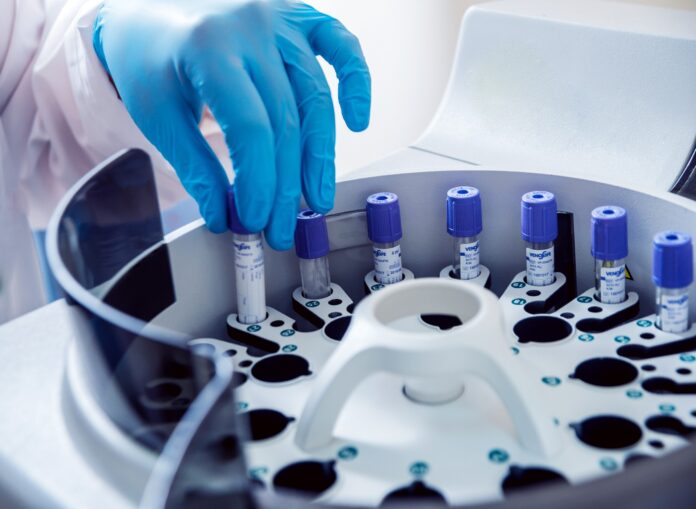Patient value, intelligent systems, empowered workforces, and digital twins are starting to drag energy from the early adopters in life sciences.
Patient value is being pushed for healthcare outcomes and better patient experiences. Intelligent systems leverage context, real-time and secure patient data moving from systems of records to systems of insights and engagement. The empowered workforce is using digital experiences to drive culture and employee and patient behavior changes.
The most interesting is the digital twins. A digital twin is a concept first coined by Dr. Michael Grieves in 2002. Interestingly enough, NASA first used the concept in space exploration. It’s the first concept to connect the physical and digital worlds.
A digital twin is the generation of digital data to represent a physical object. It sounds very 2030; it’s not. Allow me to explain; the concept, while not named, has been around for a while.
- Construction: used to model bridge structures and conduct force modeling
- Energy: leverages this technology to simulate wind conditions for wind turbines
- Offshore rigging: combines models with wave energy to model wave energy harvester system platforms to model motion of floats
- Manufacturing: has been applying automotive car simulations and transforming them from models into real cars for what seems like forever
It’s only recently that healthcare can finally get on the wagon and start to apply this technology.
- Representing the action of a therapy
- Modeling longitudinal biomarkers
- Patient-specific behavior predictions
- Simulation of optimization drug-dosing regimens
- Replacement of bench and animal tests
- Optimize product drug design, manufacturing, and even packaging
- Population-specific predictions of cardiotoxicity for arrhythmias, anticoagulant, and heart failure medications
- Novel drug delivery mechanisms for biologics
- Medical device designs, e.g., minimally invasive heart valves
- Precision electrical neuro-stimulation therapies
The challenge is that biotechnology companies are often limited to only a simple 1D model’s cellular level. This can make translating these principles into a human body difficult.
Combining digital twins and prediction models has high-potential implications for patients. Predicting the outcome of prescription drugs by applying machine learning to model lifestyle choices makes patient decisions for medication adherence and choosing a healthy lifestyle very obvious. It’s not just the technologies that are ready for this innovation; patients are ready too. Let’s move away from this one-size-fits-all dosing approach and pivot into a new paradigm of stratifying patients into groups with similar genetic, environmental, and physiological factors. Using digital twins, we can get there.
The U.S. stimulus package, under the Health Information Technology for Economic and Clinical Health Act (the HITECH Act), has earmarked US$1.2 billion for the development of healthcare technology across the U.S.
Maybe digital twins should only live within the manufacturing world? Or perhaps there are just a few of us believers that believe innovation can spans industries.
